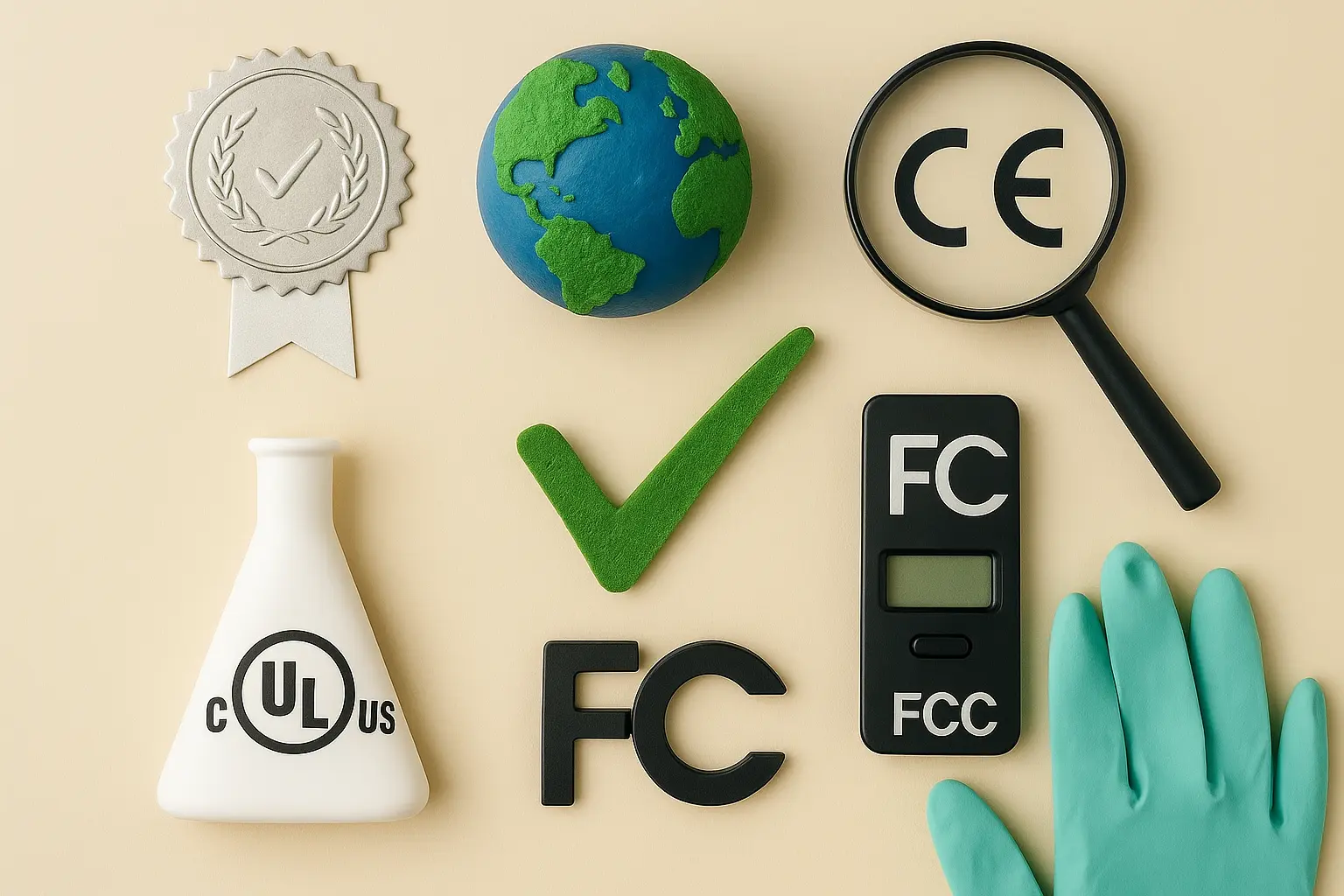Green Building Product Certification
The Green Building Product Certification is a critical component in ensuring that construction materials and building products meet stringent environmental standards. This certification not only enhances sustainability but also promotes responsible use of resources, reducing the carbon footprint associated with building projects.
Materials used in green buildings must comply with various international standards such as ISO 14025, which provides guidelines for the development, application, and acceptance of life cycle assessment (LCA) statements. The certification process involves a comprehensive review of product lifecycle data, including material sourcing, manufacturing processes, energy consumption during use, end-of-life disposal options, and other environmental impacts.
Achieving this certification demonstrates a company’s commitment to sustainable practices. It assures architects, engineers, builders, and clients that the products they choose are not only high-performing but also environmentally responsible. This is particularly important in sectors like commercial real estate, where long-term sustainability considerations play a significant role.
The certification process typically involves:
- Data Collection: Gathering detailed lifecycle data for each product component
- Impact Assessment: Using LCA methodology to assess environmental impacts
- Third-Party Review: Independent verification by recognized bodies
- Certification Issuance: Granting a certification label upon successful review
The resulting certification not only enhances the marketability of products but also provides a benchmark for continuous improvement in sustainability practices. It is an essential tool for companies aiming to differentiate themselves in environmentally conscious markets.
For quality managers and R&D engineers, this process offers insights into material selection that can lead to more sustainable product designs. Compliance officers benefit from the structured approach to regulatory compliance that certification provides. Procurement teams can leverage this information to source materials with a lower environmental impact, thereby reducing operational costs in the long run.
Scope and Methodology
The scope of Green Building Product Certification encompasses a wide range of building products including insulation materials, paints, sealants, flooring systems, and more. The methodology for certification is rigorous and involves multiple stages:
- Data Collection: Manufacturers must provide detailed lifecycle data which includes raw material extraction, processing, manufacturing processes, use phase impacts, and end-of-life disposal options.
- Impact Assessment: This stage uses LCA methodologies to evaluate the environmental impact of each product. Metrics such as carbon footprint, water usage, energy consumption, and waste generation are key factors in this assessment.
- Third-Party Review: An independent review is conducted by recognized certification bodies ensuring impartiality and credibility. This includes verification of data provided and confirmation that the product meets all specified criteria.
- Certification Issuance: Successful completion of these stages results in the issuance of a certification label which can be used on marketing materials to indicate compliance with environmental standards.
The methodology is designed to ensure transparency, accuracy, and consistency across different products. This not only builds trust among consumers but also provides a level playing field for all participants in the green building industry.
For R&D engineers, this process offers invaluable insights into material performance under various environmental conditions. Quality managers can use this information to set benchmarks for new product development, ensuring future offerings meet or exceed existing standards. Compliance officers benefit from clear guidelines on how to navigate complex regulatory landscapes associated with sustainable products.
Quality and Reliability Assurance
The reliability of certification is paramount in the construction industry where trust in environmental claims can significantly influence consumer choices. To ensure quality and reliability, several key measures are implemented:
- Independent Verification: Third-party review ensures that all data submitted is accurate and reliable.
- Continuous Monitoring: Products must undergo regular re-certification to account for changes in manufacturing processes or material sourcing.
- Lifecycle Analysis: Regular updates to lifecycle analyses ensure that the most current environmental impact information is available.
- Stakeholder Engagement: Continuous dialogue with industry stakeholders ensures alignment with evolving standards and expectations.
The reliability of certification is further enhanced by adherence to international standards such as ISO 14025, which provides guidelines for the development and application of LCA statements. This standardization not only ensures consistency but also facilitates easier comparison between different products.
For procurement teams, this continuous monitoring process allows them to remain informed about any changes in product performance or environmental impact. This proactive approach helps maintain a high level of trust with clients who value sustainability and reliability.
Competitive Advantage and Market Impact
Achieving Green Building Product Certification provides several competitive advantages that can significantly impact market positioning:
- Sustainability Leadership: Being at the forefront of sustainable practices positions a company as a leader in the industry.
- Increased Market Share: Consumers increasingly prefer products with environmental certifications, leading to increased sales and market share.
- Regulatory Compliance: Certification ensures compliance with local and international regulations, reducing the risk of legal challenges.
- Cost Savings: While initial costs may be higher, long-term savings can be realized through reduced energy consumption during use phases.
- Innovation Incentive: The certification process encourages continuous improvement in product design and manufacturing processes.
The market impact of such certifications is profound. They not only enhance a company’s reputation but also drive demand for more sustainable products, ultimately contributing to broader environmental goals. This can lead to a positive feedback loop where increased certification leads to greater innovation, which in turn drives further adoption.
For quality managers and R&D engineers, this competitive advantage translates into a focus on sustainability that can influence product development strategies. Compliance officers benefit from the structured approach to regulatory compliance provided by certification, while procurement teams gain insights into sourcing materials with lower environmental impacts.





